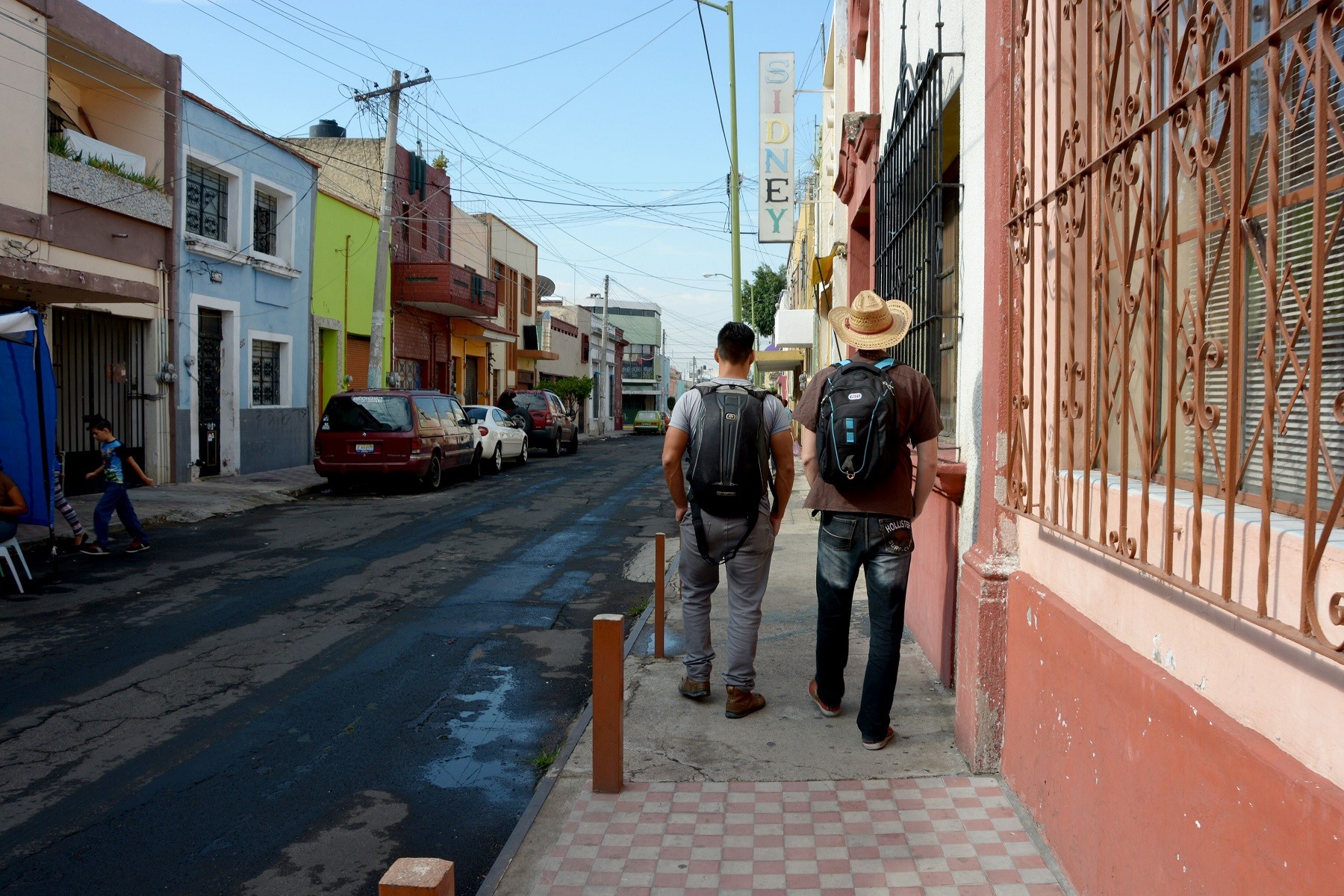To download the audio, right click and press “Save as”.
We are about to enter an age of unseen prosperity. For years we have been seeing the prices of high technology decrease incredibly rapidly – with an item reducing to a third of its price within a few short years – even to the extent that smartphones and tablets are available to many people, even in developing nations. We’ve already seen computers replace many jobs. Naturally, mechanical thinking tasks such as human computers were the first to go. Yet with the age of automation – the age of artificially intelligent robots – the same gains that have been realised in the technology sector are going to be realised in every other sector – either directly or indirectly.
We are at a stage where machines cannot just aid manual labour, but replace it entirely. Let’s imagine a case study. You might pay $30 for a new pair of jeans, or if you live in Australia you might pay $100. How did those jeans get on your legs? Which steps can be automated, and which steps can be removed entirely?
Those jeans were probably made in a sweatshop in a cheaper country, by hand. They were driven by van to a shipping yard to be packaged and sent across the seas. They’re unloaded at the dock, and transported by truck to a wholesale centre, then on to retail stores. At the mall, the labourers unload the jeans and carry them up to the store, where the shop attendant puts them on the shelves. You take a bus to the mall, and you’re served by a fitter who gives you some tips on sizes and styles. That’s how it happens today. Let’s have a look at how it will happen in The World of Next Tuesday.
The jeans are made in a factory by stitching robots. This factory is located within your own country, as the price of labour (i.e. robot maintenance and electricity) has dropped down so low that it is cheaper to produce the goods in your country than produce and ship them from another. A robot truck delivers them, perhaps interstate, to a local distribution centre. You could go to the mall and look at some jeans, but that’s somewhat excessive when you can just order a solar-powered drone to fly to your house with a selection of jeans in your size, let it land itself on the table and give you a couple of different camera angles as you try them on. Or maybe you forgo remote production and delivery entirely by ordering the patterns online and entering them into your own stitching machine.
Using automation, scores of human positions have been replaced, and scores more have been eliminated. It wouldn’t be unusual to see the price drop to a quarter of what it was previously.
You might say “But those greedy capitalists will just install their robots and keep the profits for themselves! Those savings won’t reach the consumers!” Some of the business owners will behave in this way, no doubt. But it only takes one very efficient and economical company to use a new production and cost model to put pressure on an entire industry. One single company selling clothes this way can disrupt the existing models enough to change everything, bidding down the price like a Dutch auction.
You might say “So what Kurt? Now we’ll be getting cheap jeans, whoopedydediiddly-doo!” The point is this: these savings will be passed on to just about everything you buy. Every table made from wood chopped by robots, every television delivered to your door by a drone, every tomato shipped from Sonora to Jalisco, every piece of fertiliser delivered by auto-truck to grow that tomato, and every irrigation pipe laid by machine. Every, every, everything.
You won’t need a corner store any more. You’ll have access to a convenience distribution centre. Look through the merchandise online, and the drone will deliver your goods in less time than it takes you to walk around the corner and back. The store doesn’t even have to be large enough for customers to walk into, potentially saving money on real estate, or allowing a larger selection of goods.
Many people, when eating cheaply, will opt to eat from fast food machines rather than fast food stalls or restaurants. In apartment buildings, you won’t necessarily have a kitchen within the apartment any more. You will simply look through a list of thousands of recipes, order an omelette from the building’s central kitchen, and the robots will prepare it and deliver it for you, using eggs sent directly from a farm that morning by drone.
I tell a lot of people about these technologies becoming accessible, and they tend to dismiss it as something in the distant future, perhaps something that governments will try to stop, something potentially dangerous, or something which we might not even have to think about in our lifetime. But this is not science fiction or something distant. This is already happening. Google’s autonomous vehicle is already on the roads, along with autonomous trucks; Baxter the robot is already in factories. This is real change that’s already occurring. In five years, these technologies could have a dominant role in many economies.
This could provide many people a problem which they never thought they would have – the problem of having too much money. Of course, many people will squander their newfound wealth. But many more will save it, and take a risk on creating a new technological breakthrough, propelling us exponentially into a future where grand luxuries aren’t just available for the few, but for the many. What would you do if you were living at a 50% discount?
Cover image used and modified under Creative Commons.
Original image by Jiuguang Wang.
